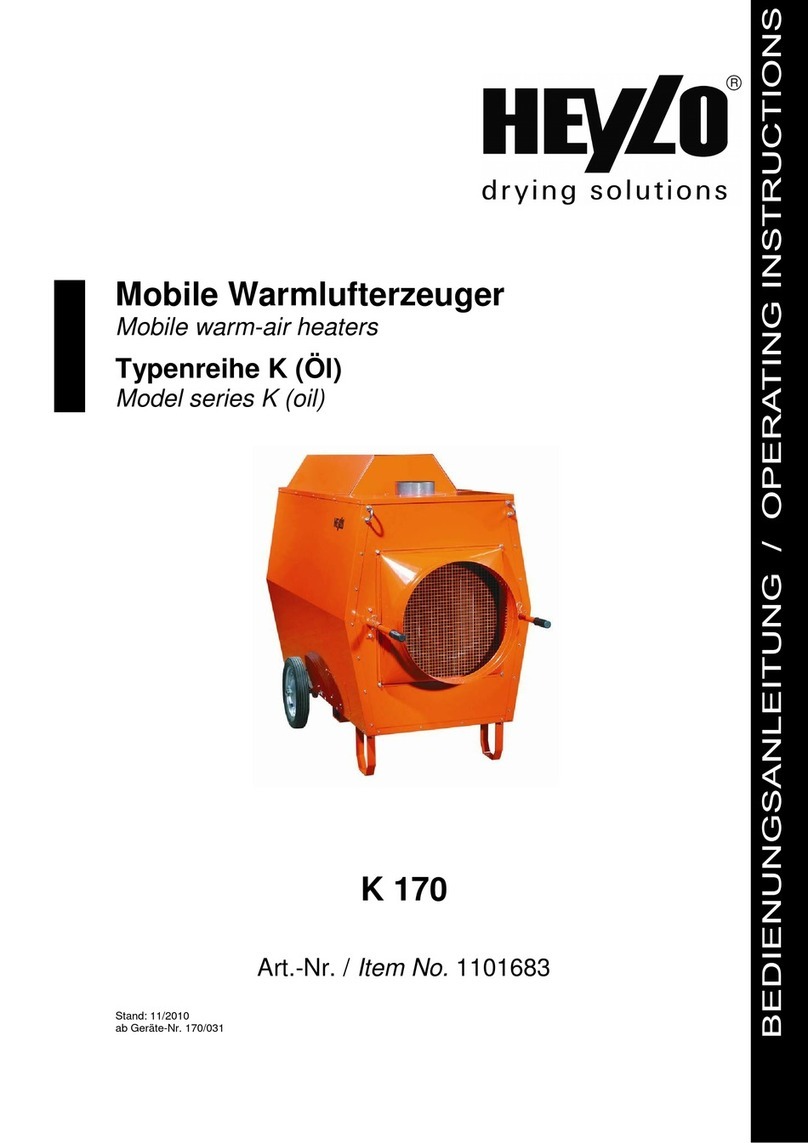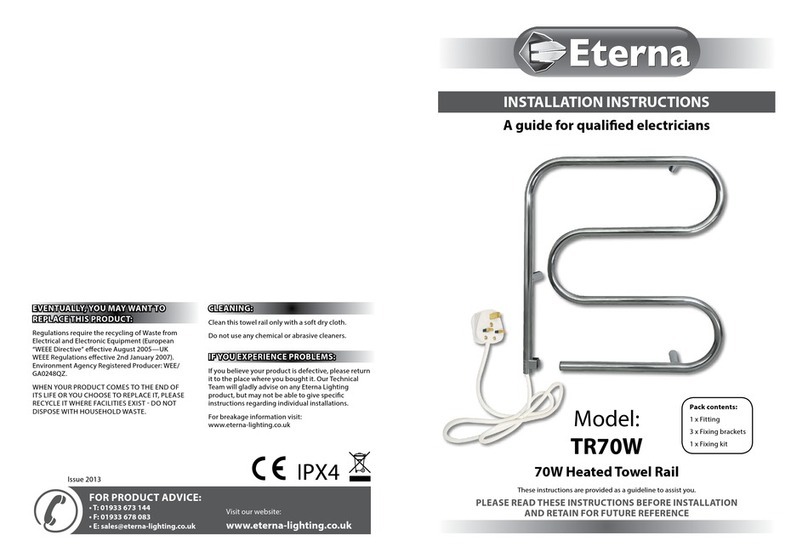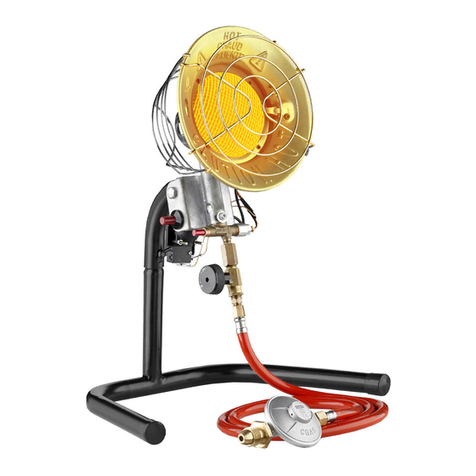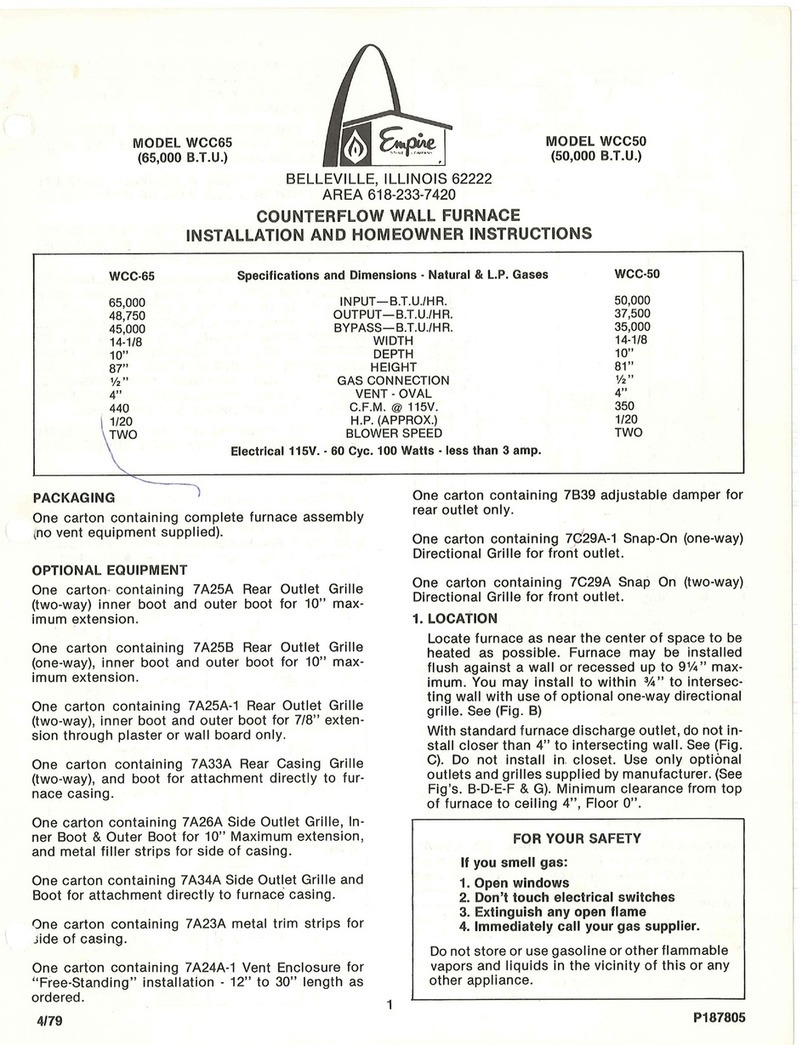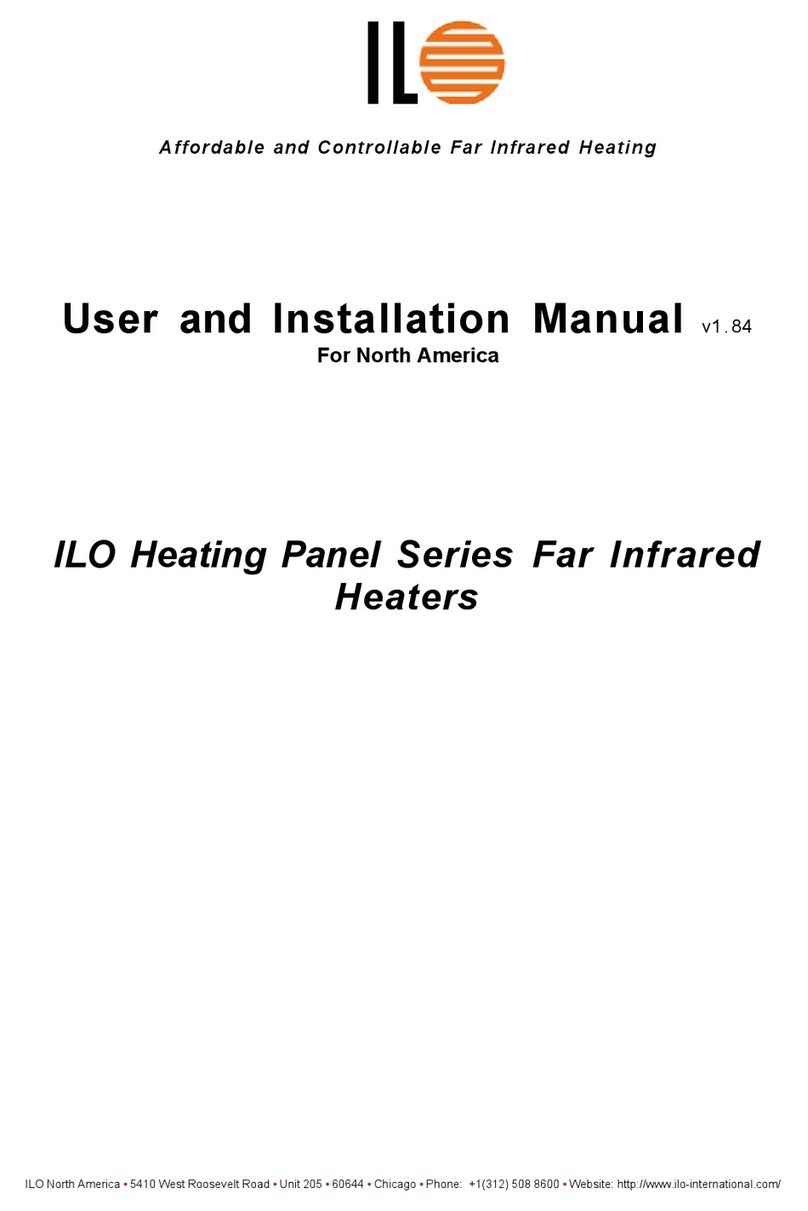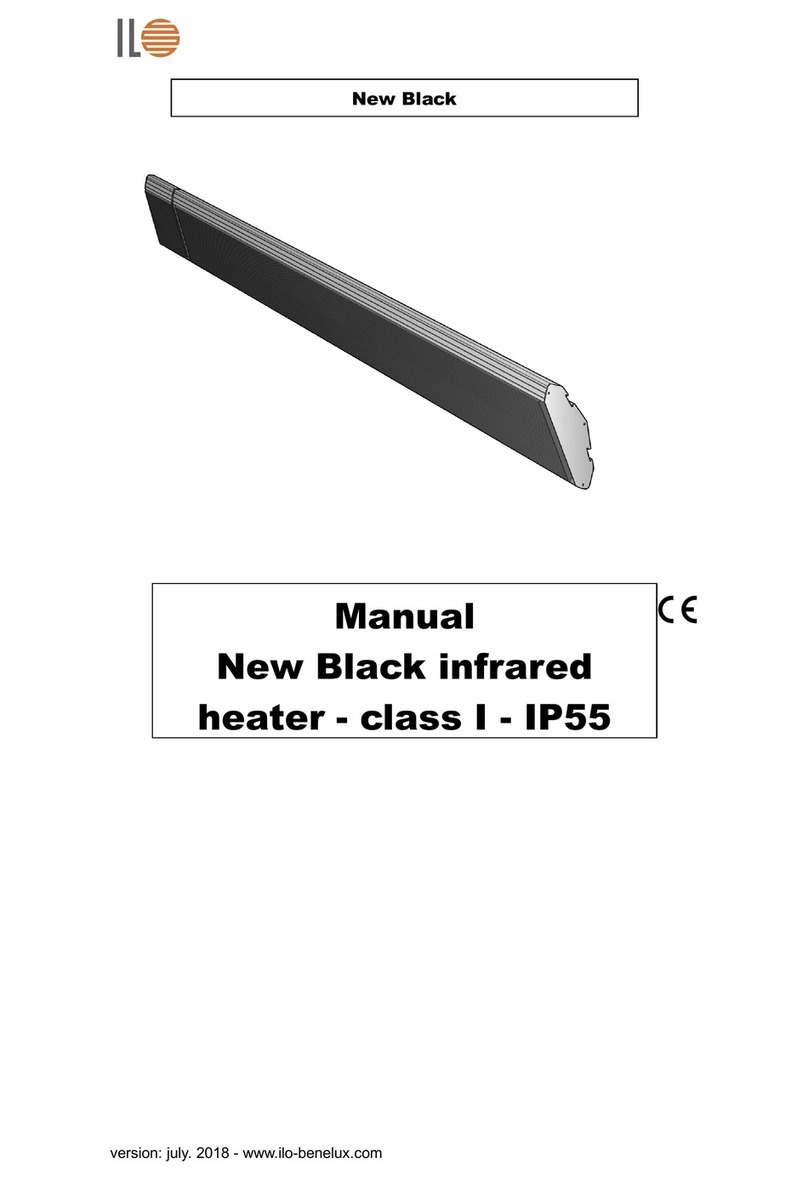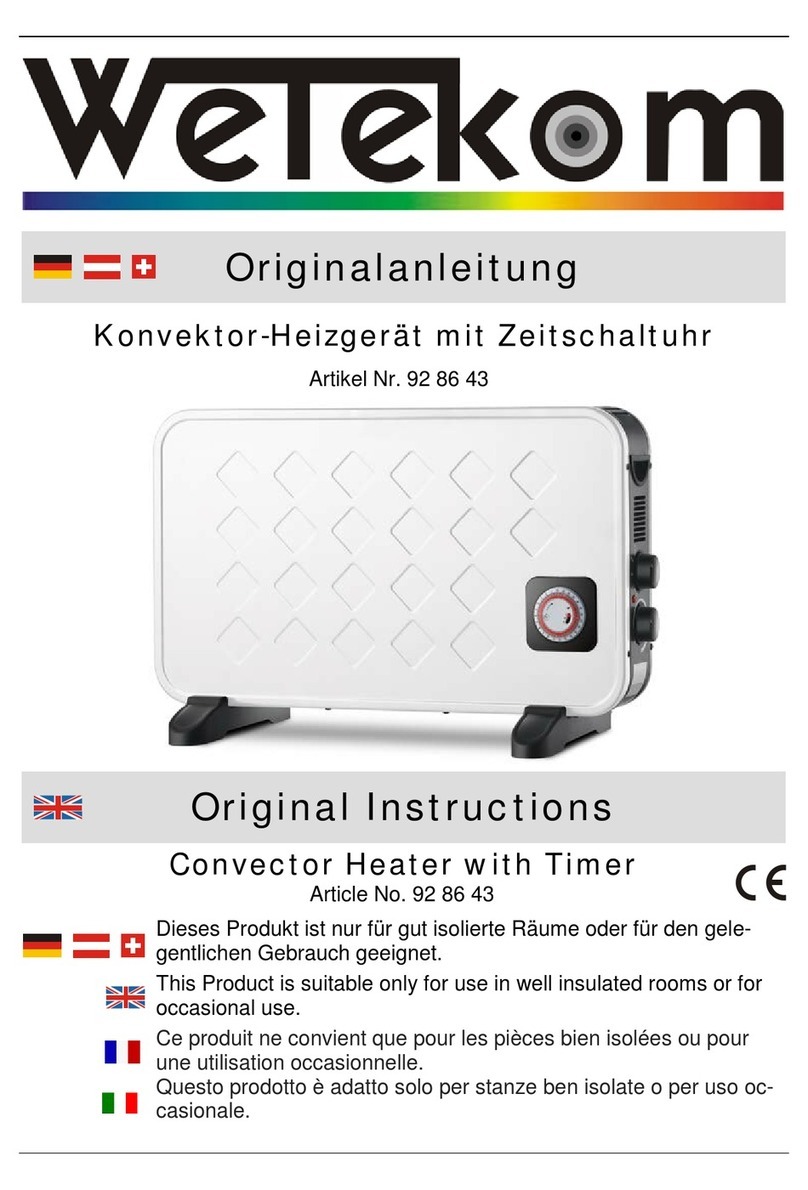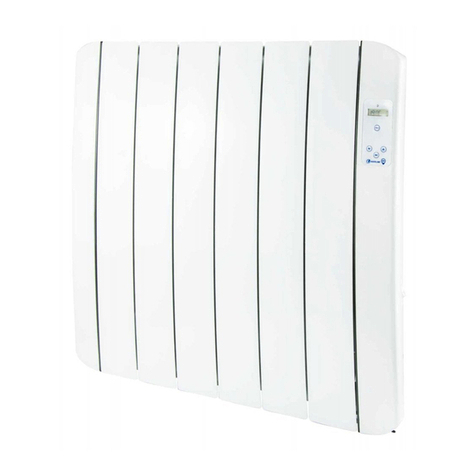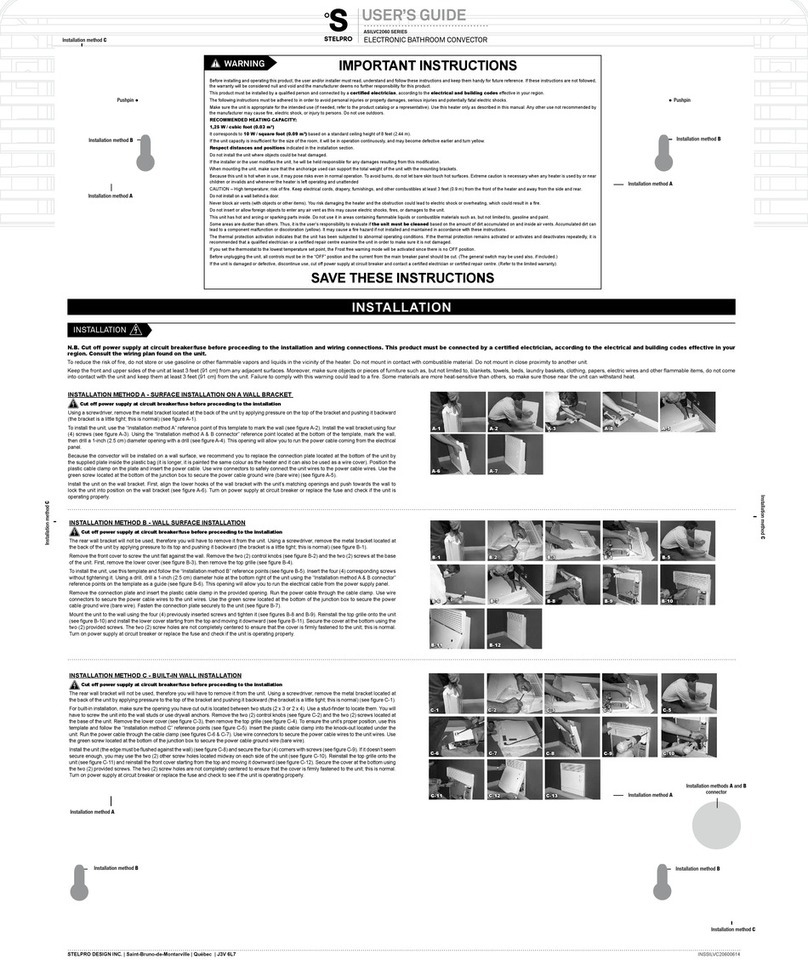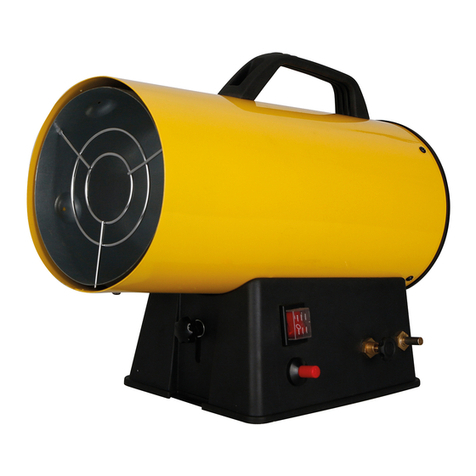1.
Read
all
instructions
before
using
this
heater.
2.
THIS HEATER IS HOT WHEN IN USE! To avoid burns, do not let bare skin touch hot surfaces.
Keep combustible materials, such as furniture, pillows, bedding, papers, clothes, and curtains at
least 3 feet (0.9m) from the front of the heater and keep them away from the sides and rear.
3.
Do
not
cover
the
heater
as
this
might
cause
the
heater
to
overheat.
4.
Do not move this heater when it is hot. Wait at least 30 minutes after unplugging from wall
receptacle before moving heater.
5.
Extreme caution is necessary when any heater is used by or near children or invalids and when
the heater is left operating and unattended.
6.
Always
unplug
the
heater
when
not
in
use.
7.
Do not operate any heater with a damaged supply cord or plug or after the heater malfunctions,
or has been dropped or damaged inany manner. Discard heater, or return to authorized service
facility for examination and/or repair.
8.
Faulty outlet connections or loose plugs can cause the outlet or plug to overheat. Check your
heater cord and power plug connections.
9.
Heaters draw more current than small appliances. Overheating of the power outlet may occur
even if it has not occurred with the use of other small appliances.
10.
Always
plug
heaters
directly
into
a
power
outlet/receptacle.
Never
use
with
an
extension
cord.
11.
Do not use outdoors.
12.
Never locate the heater where it may fall into a bathtub or other water container.
13.
Do not run cord under carpeting. Do not cover cord with throw rugs, runners, or similar coverings.
Do not route cord under furniture or appliances. Arrange supply cord away from traffic area and
where it will not be tripped over.
14.
To disconnect the
heater, press main switch
to
the
‘
off
’
position,
then
remove plug
from
outlet.
15.
Connect
to
properly
grounded
power
outlets
only.
16.
Keep the supply cord as straight as possible - do not curl it up.
17.
A heater has hot and arcing or sparking parts inside. Do not use it in areas where gasoline,
paint or flammable liquids are used or stored.
18.
Use this heater only as described in this manual. Any other use not recommended by the
manufacturer may cause fire, electric shock, or injury to persons.
19.
Do
not
install
a
higher
capacity
circuit
breaker
without
consulting
a
qualified
electrician.
20.
Please consult a qualified electrician for larger systems to ensure that circuit breakers and RCDs
(GFCIs) meet the design criteria of your system.
21.
Single heating panel installations may use a plug-in utility power (120VAC) thermostat, which
can be purchased from your local hardware/DIY store, or ILO North America representative.
22.
Please consult your electrician or an ILO North America representative if you have any safety
concerns or questions.
23. SAVE THESE INSTRUCTIONS








